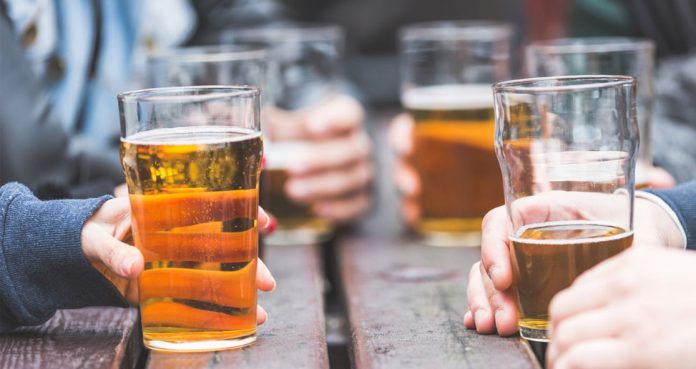According to a new study that compressively assessed worldwide beverage consumption, there is a significant difference in the beverages consumed by people belonging to different demographic groups in 185 countries.
The beverages that we often drink represent a substantial source of our daily intake of calories and nutrients, still standardized methods for tracking average consumption of diverges have been limited.
Lead study author Laura Lara-Castor said, “These preliminary data derived from the Global Dietary Database project can help inform nutrition transitions over time, the impacts of these beverages on global health, and targeted dietary policy to improve diet and health.”
Lara-Castor has been presenting the research at Nutrition 2019 at the American Society for Nutrition annual meeting, which will be held until June 11 in Baltimore.
The authors said, “Notably, sugar-sweetened beverage and fruit juice intake was highest in the Latin American region, where both commercial and homemade sugar-sweetened beverages and fruit drinks are widely consumed.”
Lara-Castor added, “Milk intake was highest in the high-income region (including countries such as Sweden, Iceland and Finland) where dairy farming is more widespread and dairy consumption has been traditionally a major part of the diet.”
The study is based on 2015 data from over 1,100 surveys that represented more than 6 billion people across the world in association with data available on beverage intake and other information.
The investigators found that the consumption of sugar-sweetened beverages was highest in Mexico, where an average adult drank more than 19 ounces per day, followed by Suriname and Jamaica, where an average adult drank around 15 ounces per day. They found that the lowest beverage consumption was in China, Indonesia, and Burkina Faso.
The study also found that fruit juice consumption was highest in Colombia and the Dominican Republic and lowest in China, Portugal, and Japan.
The researchers found that milk consumption was highest in Sweden, followed by Iceland and Finland, whereas in China, Togo and Sudan, mild intake was the lowest. Generally, the consumption of beverages was highest in younger people, especially who had attained a higher education level and living in urban areas.























